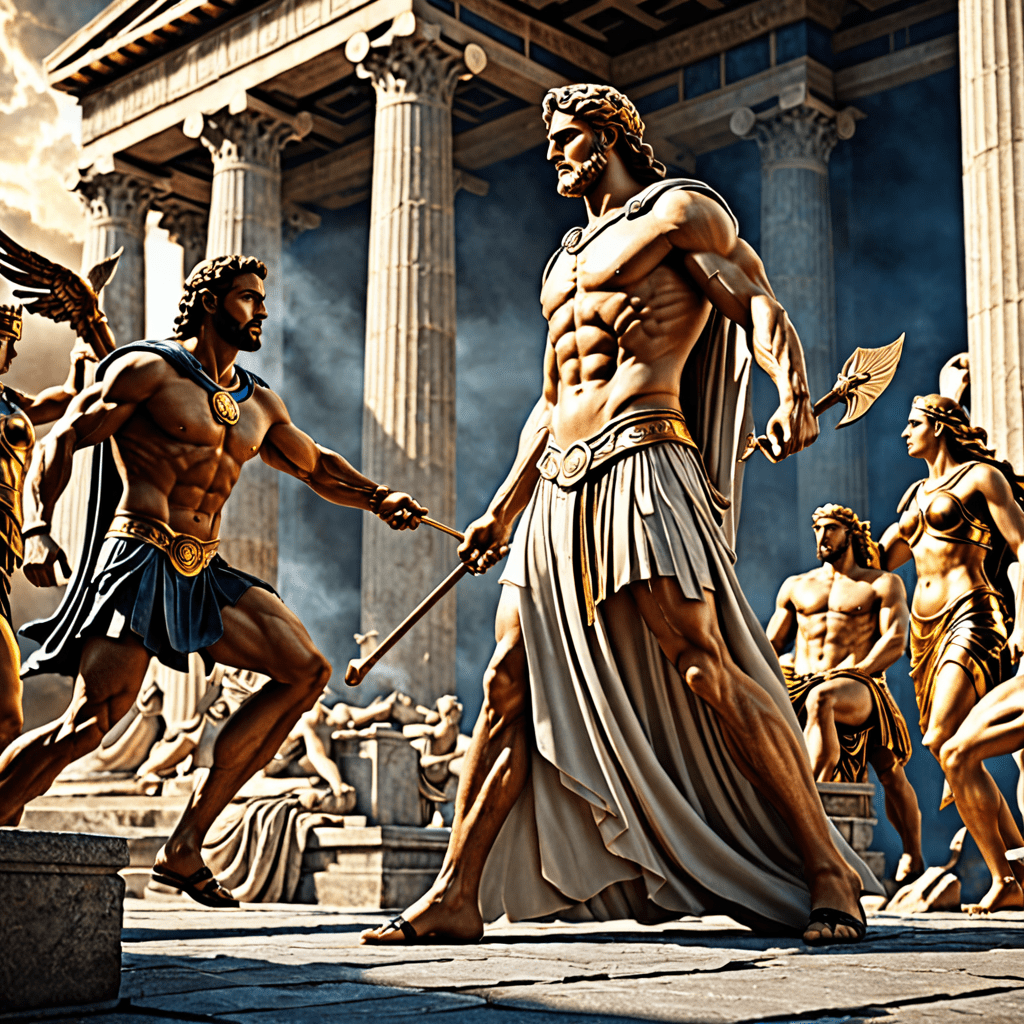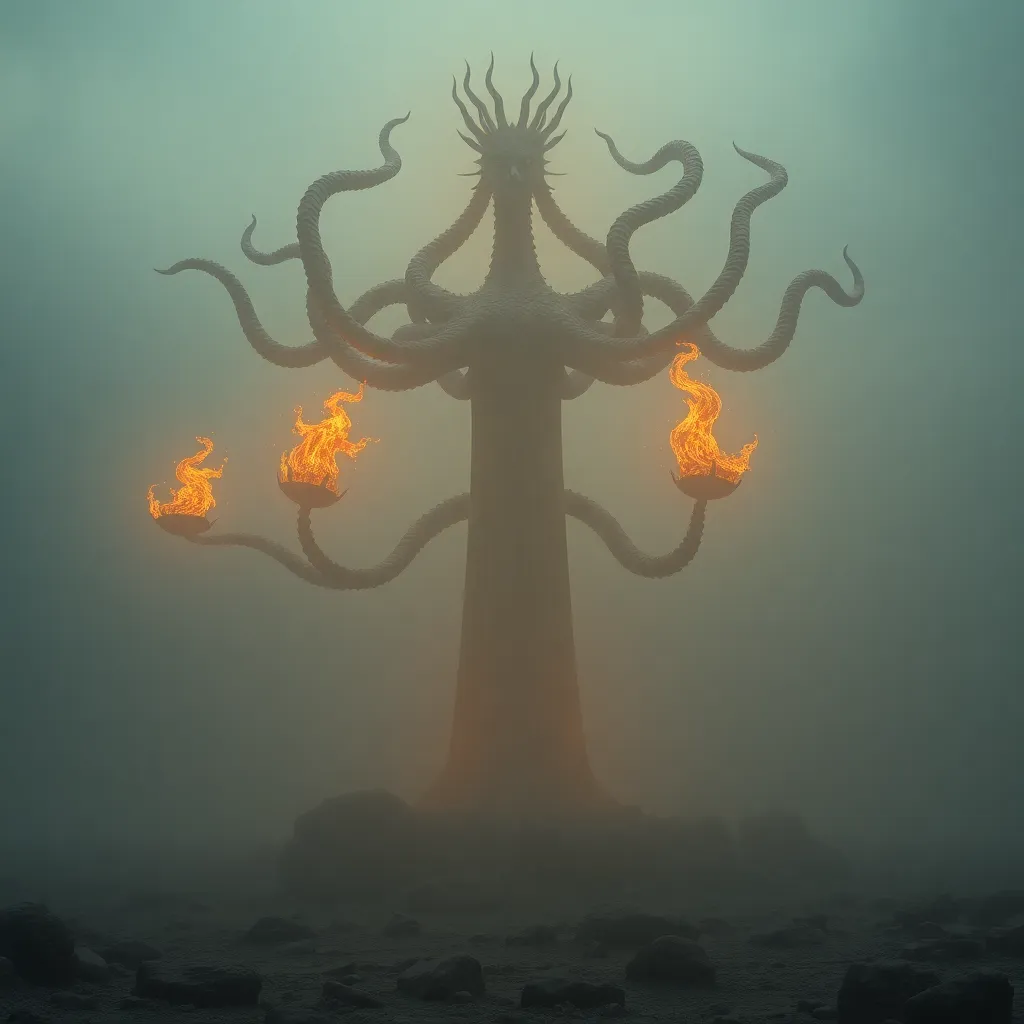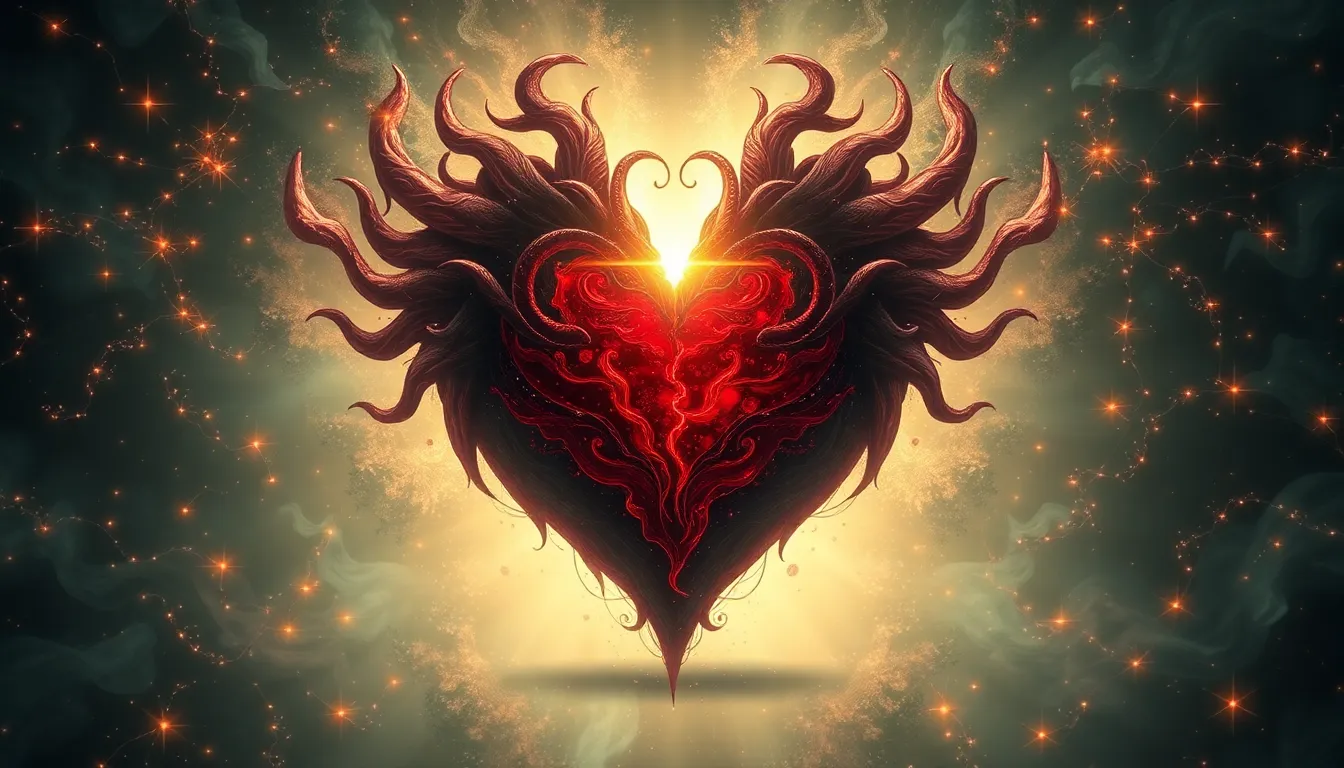The Unseen Enemy: Níðhöggr’s Role in Norse Cosmology
I. Introduction
Norse cosmology is a complex and rich tapestry of myths and legends that forms the backbone of ancient Scandinavian belief systems. It is characterized by a multitude of realms, deities, and mythical creatures that interact in intricate ways. Among these figures, Níðhöggr, a fearsome dragon, stands out as a central figure representing both chaos and the inevitable cycle of life and death. This article aims to explore Níðhöggr’s multifaceted role within Norse cosmology, delving into his characteristics, symbolism, and legacy.
II. Níðhöggr: The Dragon of Norse Mythology
A. Description and characteristics of Níðhöggr
Níðhöggr is often depicted as a massive dragon or serpent, dwelling beneath the roots of Yggdrasil, the World Tree. He is characterized by his insatiable hunger, particularly for the corpses of the dead, which he gnaws upon in Niflheim. His description evokes fear and dread, embodying the darker aspects of existence.
B. Origin and etymology of the name “Níðhöggr”
The name “Níðhöggr” can be translated to mean “the one who strikes with malice.” The term “níð” is associated with malice, enmity, or hostility, while “höggr” refers to striking or cutting. This etymology reflects Níðhöggr’s nature as a creature of destruction and chaos.
C. Comparison with other mythological dragons
In the realm of mythology, dragons often symbolize power, destruction, and greed. Níðhöggr can be compared to other notable dragons such as:
- Fafnir from Germanic mythology, who transformed into a dragon due to his greed.
- Smaug from J.R.R. Tolkien’s “The Hobbit,” who hoards treasure and embodies avarice.
- Leviathan from Judeo-Christian texts, representing chaos and the primordial sea.
While these dragons share certain traits, Níðhöggr’s unique connection to death and decay sets him apart in the Norse mythos.
III. The Location of Níðhöggr in the Nine Realms
A. Níðhöggr’s dwelling in Niflheim
Níðhöggr resides in Niflheim, one of the nine realms in Norse cosmology. Niflheim is often depicted as a dark and misty realm, representing cold and death. This environment mirrors Níðhöggr’s characteristics and his predilection for consuming the dead.
B. The significance of Niflheim in Norse cosmology
Niflheim serves as the land of the dead, a place where souls go after death. It is often contrasted with Hel, the realm ruled by the goddess Hel, where the souls of the unworthy reside. Niflheim’s connection to death and the afterlife makes it a fitting home for Níðhöggr.
C. The connection between Níðhöggr and Yggdrasil, the World Tree
The World Tree, Yggdrasil, is a vital component of Norse cosmology, connecting all realms of existence. Níðhöggr gnaws at the roots of Yggdrasil, symbolizing the destructive forces that threaten the stability of the cosmos. This act of gnawing serves as a reminder of the cyclical nature of life, where decay is essential for rebirth.
IV. Níðhöggr and the Cycle of Life and Death
A. The role of Níðhöggr in the cycle of destruction and rebirth
Níðhöggr embodies the duality of destruction and creation. His relentless gnawing at Yggdrasil’s roots signifies the inevitable decay that precedes renewal. In Norse beliefs, death is not an end but a transformation, and Níðhöggr plays a crucial role in this cycle.
B. Symbolism of decay and regeneration in Norse beliefs
The act of decay is seen as necessary for regeneration in Norse mythology. Níðhöggr’s consumption of the dead underscores the belief that life springs from death. This cyclical view of existence is a core tenet of Norse cosmology, emphasizing that each ending fosters a new beginning.
C. The dragon’s interaction with the dead and the underworld
Níðhöggr’s relationship with the dead is significant, as he feeds on the corpses of those who have died dishonorably. This interaction serves to reinforce the notion that a noble life leads to a better afterlife, while a life steeped in shame leads to decay and consumption by the dragon.
V. Níðhöggr as a Representation of Chaos and Evil
A. Níðhöggr’s role in the battle against order and harmony
In Norse mythology, order is often represented by the gods and the cosmos, while chaos is embodied by creatures like Níðhöggr. His existence poses a constant threat to the harmony of the universe, making him a symbol of the chaos that lurks beneath the surface of creation.
B. Analysis of Níðhöggr as a metaphor for internal and external struggles
Níðhöggr can be interpreted as a metaphor for the struggles individuals face both internally and externally. His relentless nature reflects the internal demons and external conflicts that challenge one’s sense of order and purpose.
C. Connections to other figures embodying chaos in Norse mythology
Níðhöggr is not alone in representing chaos; other figures include:
- Loki, the trickster god who embodies mischief and disorder.
- Fenrir, the monstrous wolf prophesied to bring about Ragnarok.
- The giants, who often oppose the gods and represent chaos in the universe.
These figures, like Níðhöggr, illustrate the constant tension between order and chaos in Norse mythology.
VI. Níðhöggr in the Poetic Edda and Prose Edda
A. Key references and stories involving Níðhöggr
Níðhöggr appears in both the Poetic Edda and the Prose Edda, where he is primarily associated with the underworld and the fate of the dead. His presence is felt in the tales that explore the themes of death, decay, and the cyclical nature of existence.
B. Interpretation of Níðhöggr’s actions and symbolism in these texts
In the Eddas, Níðhöggr’s actions are often seen as a necessary evil, reinforcing the belief that chaos and destruction are integral parts of the cosmic order. His representation as a dragon signifies the primal forces that govern life and death.
C. Scholarly perspectives on Níðhöggr’s representation in the Eddas
Scholars have interpreted Níðhöggr as a complex figure within Norse mythology, suggesting that he embodies both the fear of death and the recognition of its necessity in the cycle of life. His character serves as a reminder of the balance between creation and destruction.
VII. The Legacy of Níðhöggr in Modern Culture
A. Níðhöggr’s influence on contemporary literature, art, and media
Níðhöggr has left a significant mark on modern culture, inspiring various forms of literature, art, and media. His character has been adapted in numerous ways, often emphasizing the themes of chaos and destruction.
B. The portrayal of Níðhöggr in popular culture and gaming
In contemporary gaming and fantasy literature, Níðhöggr is often portrayed as a powerful adversary. His image can be found in games such as “God of War” and “Smite,” where he embodies the chaotic forces that players must confront.
C. The relevance of Níðhöggr’s themes in modern discussions of conflict and chaos
The themes embodied by Níðhöggr—chaos, destruction, and the inevitability of death—continue to resonate in modern discussions about conflict and chaos in society. His legacy prompts reflection on the balance between order and chaos in our own lives.
VIII. Conclusion
Níðhöggr’s significance in Norse cosm



